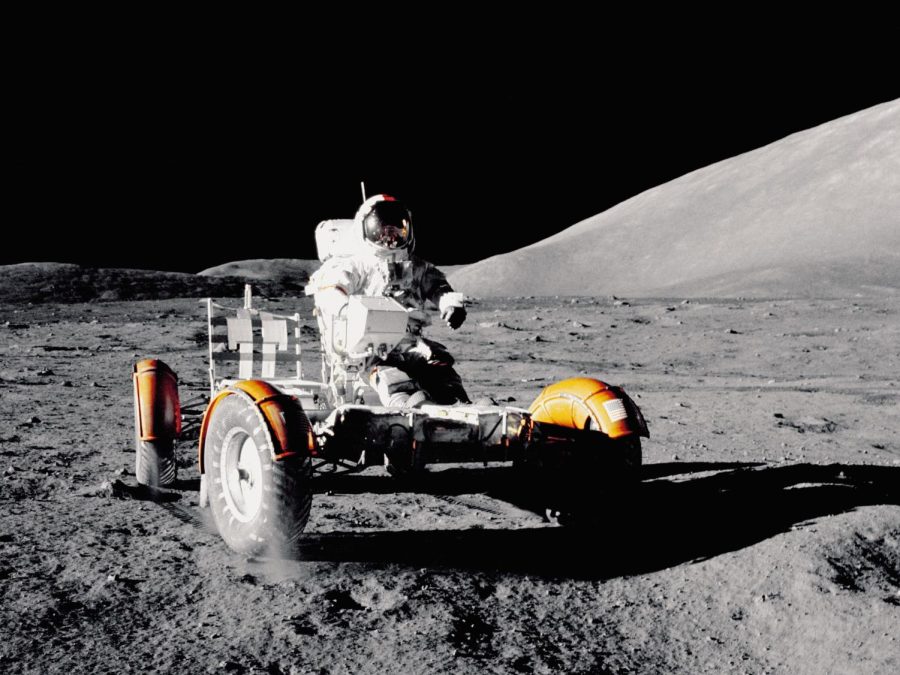Is new NASA project reaching for the stars?
UNSPLASH PHOTO COURTESY OF NASA
NASA’s new spacecraft program, Artemis is helping discover new exploration in space and return back to the moon. https://unsplash.com/license
September 15, 2022
In 1962, President John F. Kennedy delivered a grandiose speech with one promise: put an American flag on the moon.
This was unfathomable to millions of Americans at the time, but seven years later, that outlandish promise became a reality. On July 16, 1969, Apollo 11 launched, allowing Neil Armstrong to proudly plant an American flag on the moon.
Over 50 years later, NASA made an official announcement, explaining a plan to once again set foot on the moon with a new spacecraft program: Artemis.
Returning to the moon is the beginning of a new age in space exploration and discovery. It is a necessary step that NASA must take to reach new heights.
Due to the extreme risk of sending astronauts directly to Mars, it is vital that NASA tests their space technology before that expedition.
According to NPR, Mars is over 200 times farther from Earth than the moon, making a journey incredibly difficult.
Furthermore, sending a spacecraft to Mars would entail at least two years of travel time, meaning astronauts would have to rely solely on the resources inside of the space shuttle.
There is no better testing ground than the moon, as it is a safer, closer and a more convenient destination.
Although there are many advantages to this mission, there is a concern about the sustainability of human life.
According to Universe Today, “The big problem with the moon is that it’s completely inhospitable to human life. There’s no atmosphere, no protection from the Sun’s radiation, enormous temperature variations and a gravity so low it could be lethal over the long term.”
Despite the moon being uninhabitable, it has the potential to be the location of a launching site for the eventual trip to Mars and its utility cannot be denied.
Another clear benefit of going to the moon is the possibility of technological advancement.
A 2013 study by NASA estimates that $100 million to $1 billion is returned to the U.S. economy each year due to several commercialized products conceived from their research and that a large amount of these products were created because of the Apollo program.
Clive Neal, a professor of civil and environmental science at the University of Notre Dame, has stated that mobile cell phones may not exist today if not for the Apollo program and its advancements in the miniaturization of technology.
Some would argue that funding Artemis is a waste of resources, as it is excessively expensive and private companies like Space-X are in the midst of creating and launching deep space technology.
While the venture is extremely costly, NASA has the experience, expertise and capability to successfully launch Artemis and land on the moon strategically as they have demonstrated in the past.
In the modern world of space exploration and access to state-of-the-art technology, NASA has the ability and willingness to succeed with Artemis.




